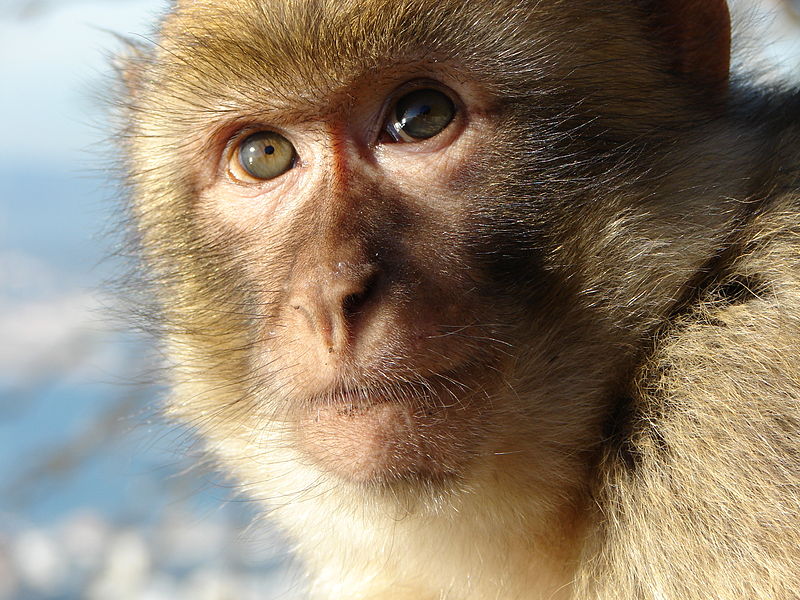Decoding Chicken Vocalizations with AI
Japanese researchers have successfully utilized AI to translate the vocalizations and sounds made by chickens, a breakthrough referred to as the “AI Chicken Language Translator.” This achievement is detailed in a preprint, although it has not yet undergone peer review. The system is capable of decoding a range of chicken emotions, including anger, fear, hunger, excitement, contentment, and distress.
The Deep Emotional Analysis Learning Technique
The researchers attribute this capability to a technique called “Deep Emotional Analysis Learning,” which underpins their methodology. They also believe that this technology can adapt to changing chicken vocal patterns, improving its interpretation over time.
To assess their newly developed system, the researchers recorded and analyzed vocal samples from 80 chickens. They then used an algorithm to establish connections between these vocal patterns and various “emotional states” in the birds. Collaborating with a group of eight animal psychologists and veterinary surgeons, the research team claimed to have achieved remarkably precise determinations of chicken mental states.
“The results of our experiments demonstrate the potential of using AI and machine learning techniques to recognize emotional states in chickens based on their sound signals,” the paper states. “The high average probabilities of detection for each emotion suggest that our model has learned to capture meaningful patterns and features from the chicken sounds.”
Cautions and Considerations
However, despite the promising nature of these findings, it is crucial to approach them with caution. The researchers themselves acknowledged in their paper that the accuracy of their model could vary depending on chicken breeds and environmental conditions. They also noted that the dataset used for training and evaluation might not encompass the complete spectrum of chicken emotional states and variations.






